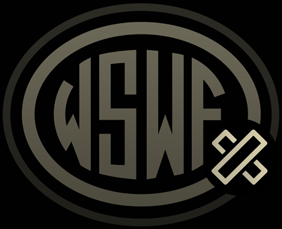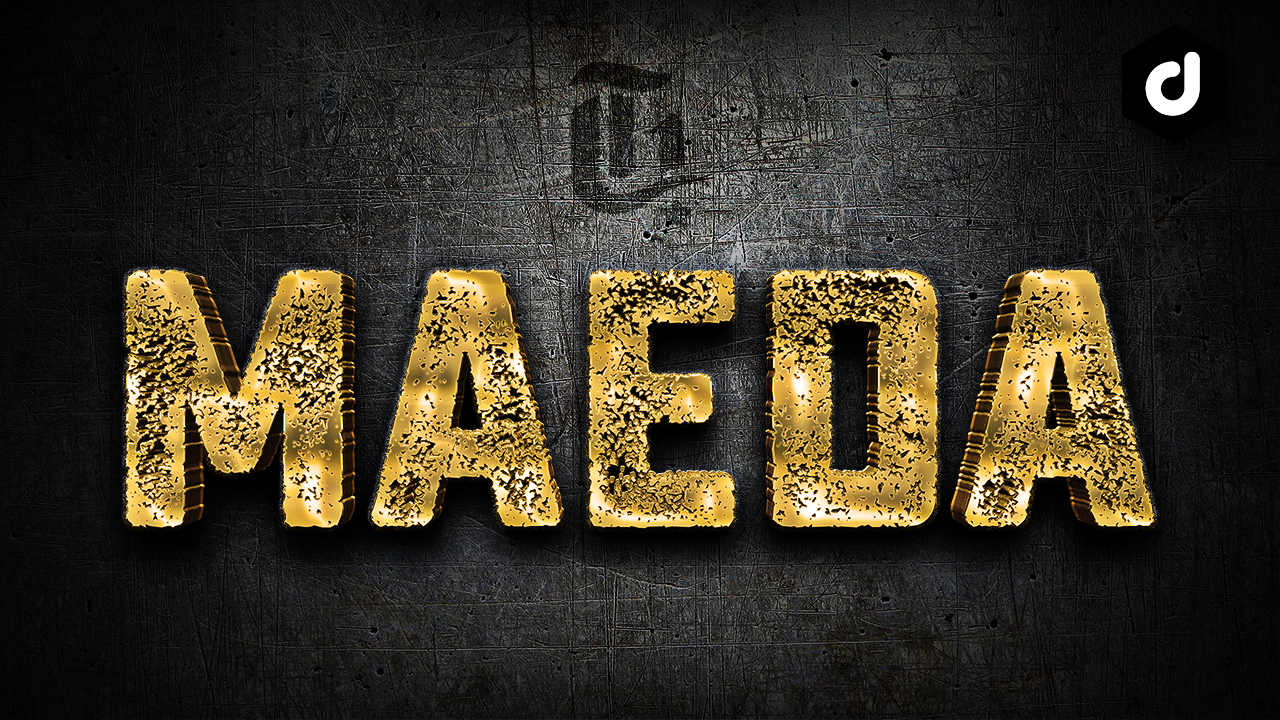Judo, according to Prof. Maeda, is different from Jiu Jitsu, being a greatly modified and improved form of that art, and has three objects: Physical culture, moral culture and self defense.
Mitsuyo Maeda is considered by many as “The Father of Brazilian Jiu Jitsu” because he taught Judo (also known as “Kano Jiu Jitsu”) to many of his students in Brazil, including a young Carlos Gracie. His legend and influence is used to support different narratives, but what were his actual views? In a 1905 interview, Maeda shared his knowledge on different topics.
Unqualified Jiu Jitsu Instructors
Maeda explained several matters in connection with jiu jitsu and judo that were not well understood and incidentally threw some light on the class of people engaged in teaching the art in the United States. He quoted from an article by a Japanese admirer of the Judo art and said:
“All Japanese are not necessarily Jiu Jitsu experts, just as all Americans are not necessarily wrestlers or prizefighters, or else gentlemen even. Those Japanese who profess jiu jitsu in this country are not necessarily entitled to teach it, or even to say that they know much about it. Since some foreign newspaper correspondents in Japan began to report wonderful things of this art of self defense, saying that in Japan there was no man who did not study it, from the emperor down to the poorest laborers; that this universal practice of Jiu Jitsu was the greatest cause of Japan’s victory over Russia as well as of its soldier’s health and sturdiness, you Americans have aroused a great deal of curiosity to see the actual thing done before your eyes, hence the result that some young Japanese, who were house work boys or school boys until the previous day, whose names were not even known among their countrymen, much less as jiu jitsu men, suddenly appear on the stage as great masters of the art of pliancy!
Jiu Jitsu and Judo
“Jiu Jitsu was a genuine product of feudalism in Japan, and with the feudalism it practically died thirty-eight years ago when our great revolution took place. Some fifteen years later it revived under the new name of Judo, after careful investigation and comparison of all the old forms or schools of jiu jitsu on the part of Professor Kano, who has completely remodeled and enlarged the teaching on the physiological and educational basis and through whose zeal and influence this Judo is now introduced into nearly all government schools over and above the occidental systems of physical training. The new school of judo is no longer just an art of fighting or self-defense but a system of moral culture, combined with a special form of physical training.
Judogi vs No-Gi and Judo vs Wrestling
“As an accomplishment for samurai or soldier-gentlemen of the feudal times, jiu jitsu presupposes that both parties are properly dressed as respectable people should be, whereas wrestling of America and also Japan is done in a condition of nudity. From the very nature of the two things, jiu jitsu men and wrestlers cannot try their skill or strength on a footing of equality. It is something like comparing skill in running and riding. If however, both parties can agree upon some fair terms by mutual compromise, matches between these two different things may not be altogether uninteresting. But you must expect the result always will be that wrestlers may beat jiu jitsu men in wrestling ways, but not in jiu jitsu ways, whereas the latter may succeed in controlling or resisting wrestlers according to their own standard, and which wrestlers themselves may not recognize as their defeat from their own standpoint.”
American wrestlers beating unknown JiuJistu men and not true Judoists:
“American wrestlers cannot much boast of their art even if they beat a jiu jitsu man: for them to try a match with a nameless mushroom jiu jitsuist is nonsense to say the least. If you would like to see the difference to satisfy your curiosity, it may not be a bad idea for you to witness a contest between old style jiu jitsu men and scientific judoists to see whether such men are really entitled or not to call themselves champions and exponents of this unique sort of gentlemanly sport of Japan. You must remember that there are at least half a dozen of TRUE judoists on the Atlantic side of this continent, who have received certificates for their attainments direct from Professor Kano, founder of the modern improved school of Judo, by studying for years in his great gymnasium in Tokio known as the Kodokan, which is visited by foreign tourists as one of the rare institutions of our country.”
On Difference between Judo and Wrestling:
“Jiu Jitsu and judo both aim at controlling the antagonist with the least expenditure possible of mere brute strength, while in wrestling, either of America or Japan, the main feature is strength more than skill or agility. Because wrestling uses much physical force, wrestlers cannot continue a match very long before they get exhausted.
He added that he thought highly of it and admired the skill shown by American Wrestlers in matches and that he had himself taken part in several exhibitions in the American style but said he did not intend to engage in a match in this city.
At the time of this interview Maeda was assisting his fellow Kodokan graduate Professor Ono in his classes in Asheville for the summer.
Ono eventually took an interest in Catch Wrestling and moved to New York to learn the method of grappling. It was said that his purpose was to master it and then challenge Charles Olsen, at whose hands he met defeat. One of his coaches ended up being Maeda:
“Mr. Maeda understands the American style of wrestling and it will be a matter of interest as well as pleasure to many to learn that Prof. Ono will undertake American Wrestling and after a couple of weeks of practice with Maeda will be open for challenges in this method”.
This video is brought to you by Gotch Fightwear, and the new T-Shirt “Kano Jiu Jitsu LINEAGE” (Color Variation Here). Available at Amazon or Gotchfightwear.com

